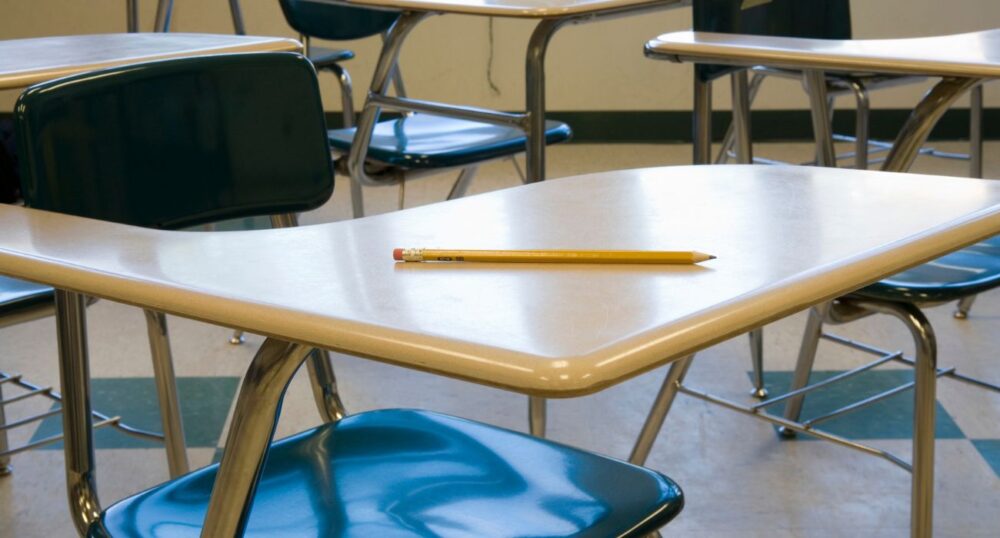Student absenteeism remains high across the United States, suggesting that the pandemic lockdowns have changed how some Americans view education.
A study on student absences by the American Enterprise Institute (AEI) revealed that chronic absenteeism has become a “severe and widespread” problem that transcends factors like school district size, location, and status.
“The problem got worse for everybody in the same proportional way,” Nat Malkus, a senior fellow at AEI and author of the study, told The New York Times.
The data leveraged in Malkus’ study was collected across all 50 states and the District of Columbia for all but the 2022-2023 school year, in which only 40 states reported data due to delays.
The data collected shows that 13% of students enrolled in public schools were chronically absent — which is defined as missing 10% of school days — in the 2019-2020 school year. This share grew to 28% in 2021-2022 and 26% in 2022-2023. When broken down by demographics, school districts in richer locations jumped from 10% to 26% between 2019 and 2023, while those in poorer locations rose from 19% to 32%. Over the same period, smaller districts saw similar growth in absenteeism as their larger counterparts, rising from 15% to 23% and 15% to 27%, respectively.
Regarding why students are not attending school as regularly as before, some experts have suggested that a cultural shift occurred in the wake of the pandemic lockdowns and school districts’ transition to online learning.
“Our relationship with school became optional,” Katie Rosanbalm, a psychologist and associate research professor with the Center for Child and Family Policy at Duke University, told NYT.
Others have pointed to the increase in classroom misbehavior witnessed after the pandemic — especially emotional outbursts, which are often reactions to stress — as being linked to chronic absenteeism. As reported by The Dallas Express, a survey by EdWeek Research Center asked educators to compare student misbehavior in the spring of 2023 to that seen in the fall of 2019. A whopping 70% of respondents reported that student misbehavior had become an even greater problem.
Quintin Shepherd, the superintendent of Victoria ISD in Texas, referred to the surge in discipline issues once schools reopened in August 2020 as a “fire in the kitchen” requiring immediate redress, per NYT. He has reported seeing some progress thanks to a newly instituted one-on-one coaching program, yet these gains still depend on students attending school regularly.
“If kids are not here, they are not forming relationships,” Shepherd told NYT. “If they are not forming relationships, we should expect there will be behavior and discipline issues. If they are not here, they will not be academically learning, and they will struggle. If they struggle with their coursework, you can expect violent behaviors.”
There is much at risk if student absenteeism does not go down. Namely, the efforts to recover from the learning loss seen during the pandemic will be “severely hampered” in public schools, as Malkus suggests in his report. Steep declines were especially seen in students’ math and reading skills, as covered by The Dallas Express. There has also been a considerable impact on college readiness, with the ACT scores recorded last spring being the lowest seen since 1991.
At Dallas ISD, only 41% of students scored at grade level on the 2021-2022 STAAR exams, according to the Texas Education Agency’s accountability report. Meanwhile, nearly 20% of its graduating Class of 2022 did not earn a diploma within four years.

